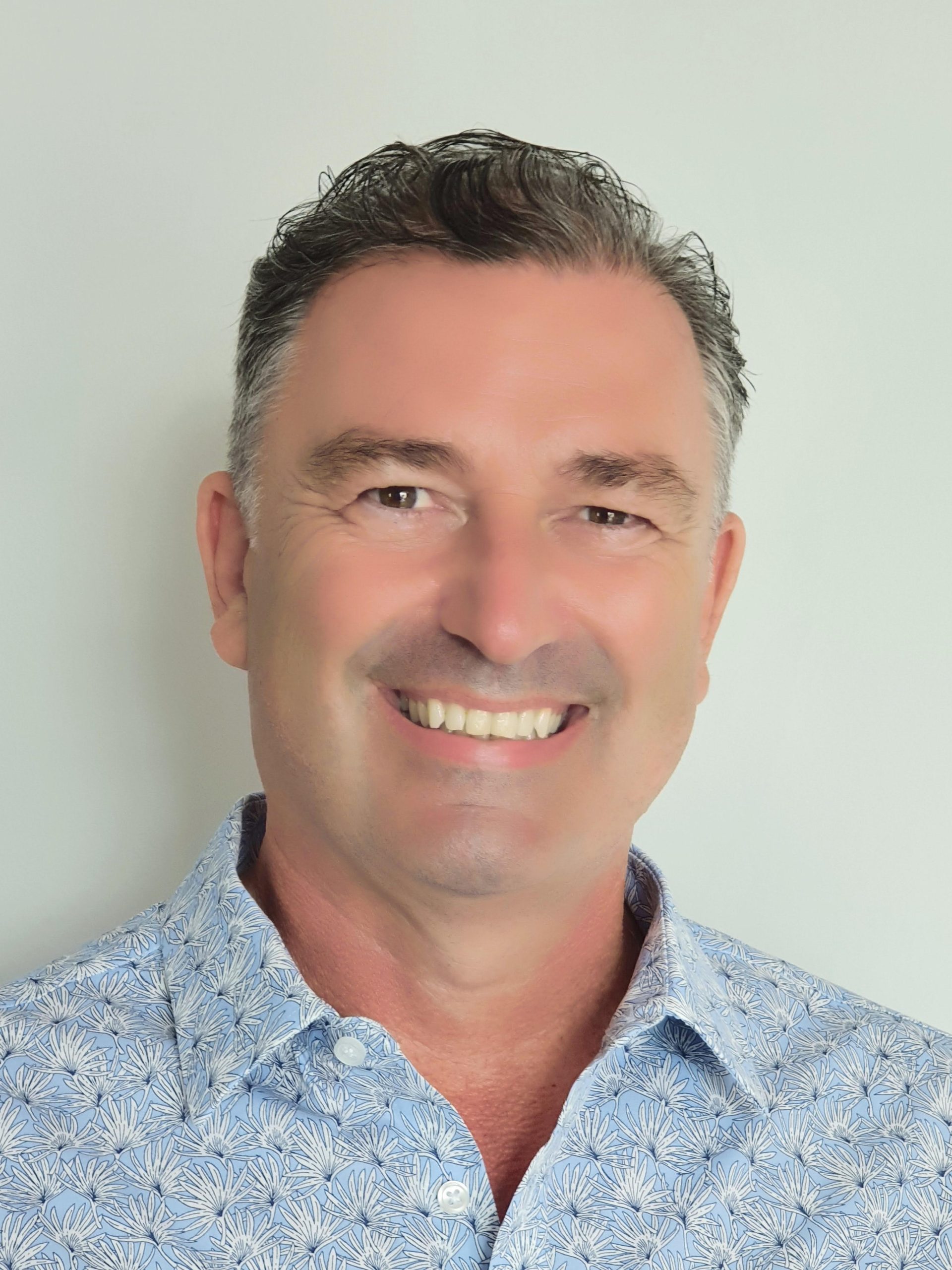
STEPHEN BRIAN POINTING
Professor
Contact Information:
Department of Biological Sciences
National University of Singapore
14 Science Drive 4
Singapore 117543
Webpage: https://stevepointing.com/
Research Areas
Environmental microbiology; Environmental microbiomes, Extremophiles
Research Interests
We are proud to be part of the Department of Biological Sciences at the National University of Singapore. The Pointing Lab’s mission is to improve the understanding and application of microorganisms that thrive in extreme environments, with special focus on photosynthetic microbial communities. We also have an interest in the role of fungi in wood biodegradation and their application in environmental biotechnology. Research projects over the years have addressed biogeography, functional adaptation to stress, and response to climate change and pollution. Study locations have included the hot springs and coastal regions of Southeast Asia, the deserts of Central Asia and South America, and the Antarctic. The research group is led by Professor Stephen Pointing who has dedicated his career to promoting science and encouraging emerging scientists in the Asia-Pacific region. He is particularly proud of the achievements by many students, researchers, and collaborators that have been part of the group over the years. They have been central to the journey of discovery and made everything worthwhile. All team members past and present in Hong Kong, Aotearoa New Zealand, Japan, and Singapore are gratefully and fondly acknowledged.
Current Research Projects
-
Biogeography and adaptation to environmental stress in hot spring photosynthetic microbial communities of Southeast Asia
-
Functional adaptation of hot and cold desert cyanobacteria to extreme environmental stress
-
Environmental biotechnology applications of microorganisms from extreme environments in Southeast Asia
Research Outcomes
The Pointing Lab has published many scientific articles on the microbiology of deserts, hot springs, and marine environments. A full list of our research publications is available on Google Scholar. Our work has also contributed to environmental conservation and citizen-science initiatives in the region, as well as astrobiology goals of the US space agency NASA. Professor Pointing has been particularly active in media engagement on environmental issues with over 200 television, radio, and news media contributions in Singapore, Hong Kong, and Aotearoa New Zealand.
